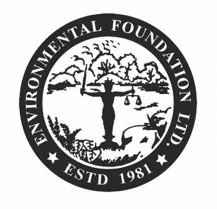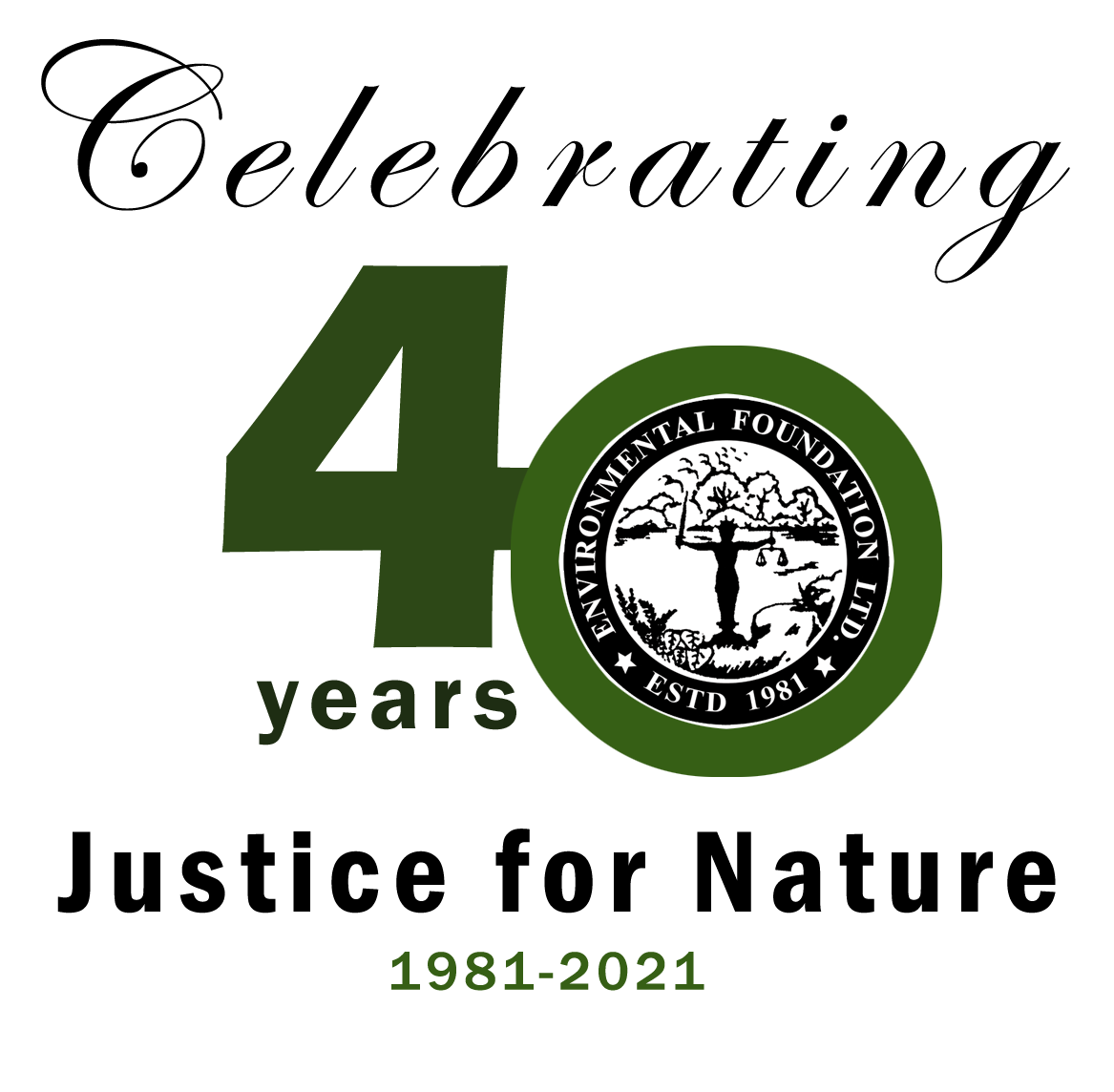By: Piyumi Wattuhewa The participation of the Youth should be taken into consideration at all stages of the EIA process. Image Credits: https://www.timesonline.lk/news-online/In-Pictures-Stop-Ecocide-Protest-at-Viharamahadevi-Park/2-1132652 The theme of this year’s International Youth Day which was held on 12th of August, 2021 was ‘Transforming Food Systems: Youth Innovation for Human and Planetary Health’. The contributions of young people as innovators and the eventual inheritors of a country’s environmental protection has thus been recognized globally and has been given centre-stage in conversations relating
By: Chamindri Liyanage “… the Appellants’ fundamental right to equal treatment and to the equal protection of the law also entitled them to notice and a hearing.” Image Credits: Roar Media Background The Southern Expressway (EO1) that connects the city of Colombo with Galle and Matara is the first expressway built in Sri Lanka. The purpose of the expressway project was to integrate the southern region into the economic mainstream of Sri Lanka and to improve the living
List of References Abbreviations: PAA – Project Approving Agency Guidance for Implementing the Environmental Impact Assessment (EIA) Process: No. 3 – Public Participation Handbook – 1998 (https://drive.google.com/file/d/1_bpQn2xIQDhidJUx-Fw5wYMVNoJR9Gdd/view) Image credits: Sean Oulashin on Unsplash.
By: Bhagya Wickramasinghe Image Credits : Michael Hacker on Unsplash Catchphrase – Environmental Impact Assessment (EIA) law and policy shall ensure successful convergence of conservation and development. It is one of the main tools in achieving sustainable development goals. Sri Lanka being a country rich with Biodiversity and resources of natural beauty, it is of paramount importance to have a comprehensive Environmental Impact Assessment (EIA) law and policy to ensure successful convergence of conservation and development. It is also one of the main
By: Kumudika Perera Public participation is a matter of a nation’s legal, political and administrative arrangements. It nurtures people’s democratic rights. Image Credits: MONGABAY and Cane Mario. EIA: The Guardian of Environs The National Environmental Act, No. 47 of 1980 as amended defines ‘Environmental Impact Assessment’ (EIA) as a written, cost-benefit analysis of a predicted environmental project, containing a description of avoidable and unavoidable, adverse environmental effects the project would cause, the alternatives available and
By: Anjalee Udawatta & Lakshitha Edirisinghe In Sri Lanka, conserving nature is a constitutionally established duty of both the State and citizens. As such, EIA becomes a tool with which to enforce constitutional provisions. Image source- https://unsplash.com/photos/DZpc4UY8ZtY With the escalation of development activities and the influence of international agreements, environmental conservation has emerged as a major concern since the 1970s. Even in this day and age, it is becoming increasingly evident that environmental conservation is a dire need for
By: Piyumi Wattuhewa EIAs evaluate development projects and activities. It considers the ramifications, both positive and negative, of projects even before the first stone is laid and the first tree is cut. Image source- https://unsplash.com/photos/UL23OjMTHXE As a developing country, Sri Lanka is the birthplace of many-a formidable development projects; from highways to expressways, from bridges to tunnels, from cities on land to cities on the sea, from hotels, to gyms, to malls, it is not a novelty that something
EFL held a successful awareness session for financial institutions on the detrimental environmental, social and financial consequences of investing in mini hydro projects in ecologically sensitive areas. The awareness session was held on the 10th of June 2016 at the Sri Lanka Foundation Institute in collaboration with Sri Lanka Water Partnership and was attended by representatives of major banks including National Development Bank, Sampath Bank, National Savings Bank, and Peoples Bank as well as representatives from the Central Environmental Authority.
The Central Environmental Authority requested comments on the Environmental Impact Assessment (EIA) report, created for the Proposed Project on Metro Colombo Solid Waste Management plan. EFL commented on the EIA, and forwarded these comments, in terms of section 23 BB of the National Environment Act No.47 of 1980 as amended and the Gazette Extraordinary No. 772/22 of 24th June 1993.





